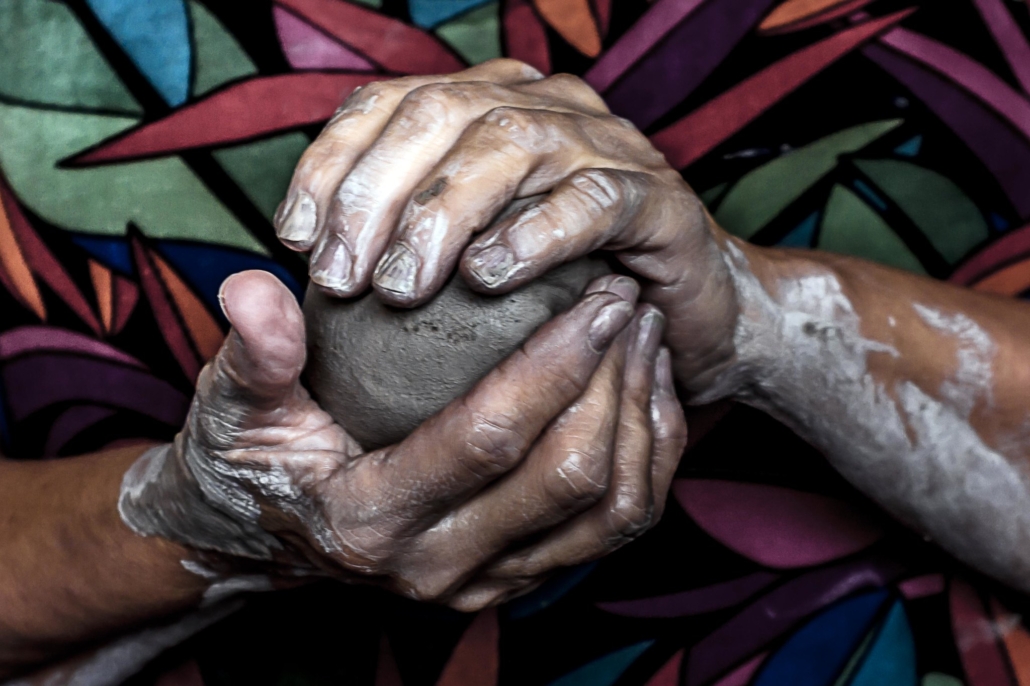How Art Can Change the World

Art helps adults develop human empathy, understand the problems of people around them and encourage people to be involved in their communities. Art education gives children in grades K-12 more hope for the future, improves academic participation and success and increases emotional intelligence. Importantly, art can also help shine a spotlight on the plight of the world’s most vulnerable. Here is how art can change the world.
Results Through Research
Researchers around the world have observed positive results of art bringing change and easing global poverty. Margaret Topping studied the effects that the French film “Les Glaneurs et la glaneuseon” had on reducing global food poverty. The film shows heartbreaking explicit scenes of food waste and the faces of the hungry. It also brought much attention to the food crises in France and around the world. It helped launch agricultural and food waste campaigns calling for action from individuals to change their lifestyles. This film shows how art can bring publicity to global poverty and create the empathy needed to change the world.
Jean-Pierre Daogo Guingane is another researcher who has reported on how stage and screen can help reduce global poverty. His experience lies in his teachings across developing African nations’ rural communities where he was able to use plays and stage acting as a way to create political dialogue and improve engagement in issues most impacting their lives. Daogo Guingane encouraged people to not only attend these shows but to write and act in their shows. He also found that through engaging the community in theatre, people were more likely to find solutions to their problems, develop a deeper understanding of the problems of others and have more faith in the community and the government to find solutions. This is a leading example of how art can reduce apathy and encourage people living in global poverty to feel empowered to change their situation as they are building artistic talents.
Powerful Examples of How Art Has Changed Communities
Mobile Art School in Kenya (MASK) is an NGO bringing art education to K-12 schools all over the country to improve the future for generations of students. This program tackled many of the challenges to bring art education to an impoverished nation suffering from internal violence and dissent and still the project found much success. Implementation of the project led teachers to report their students felt more confident, creative and peaceful. In addition, 41% of students reported they felt confident these skills could lead to employment and careers later in life. This project makes it easy to see how art can change the world, reduce global poverty and give hope to future generations.
Dandelion Action is an art program that the Commission for Children’s Art Education initiated under the Chinese Artists’ Association and primarily receives funding from the U.S. Ford Foundation. This project helped bring art education to children in poverty in urban and rural areas across China. The program provided supplies (previously completely inaccessible) and lessons to grade school children. This program encouraged kids to be confident in their art as well as learn about and preserve long-standing cultural history. Students were positively impacted and found themselves more confident and invested in their community. This demonstrates how art and art education can positively impact younger generations and encourage them to grow and improve their community no matter their current state of living.
Art is Necessary
Art has a tangible impact on people and their communities. It opens doors, minds and hearts to build courage, confidence and creativity. Increasing accessibility to see and practice art has created a deeper sense of community, empathy and innovation so that developing nations and the international community may find solutions and improve global poverty.
– Alexandra Curry
Photo: Flickr
